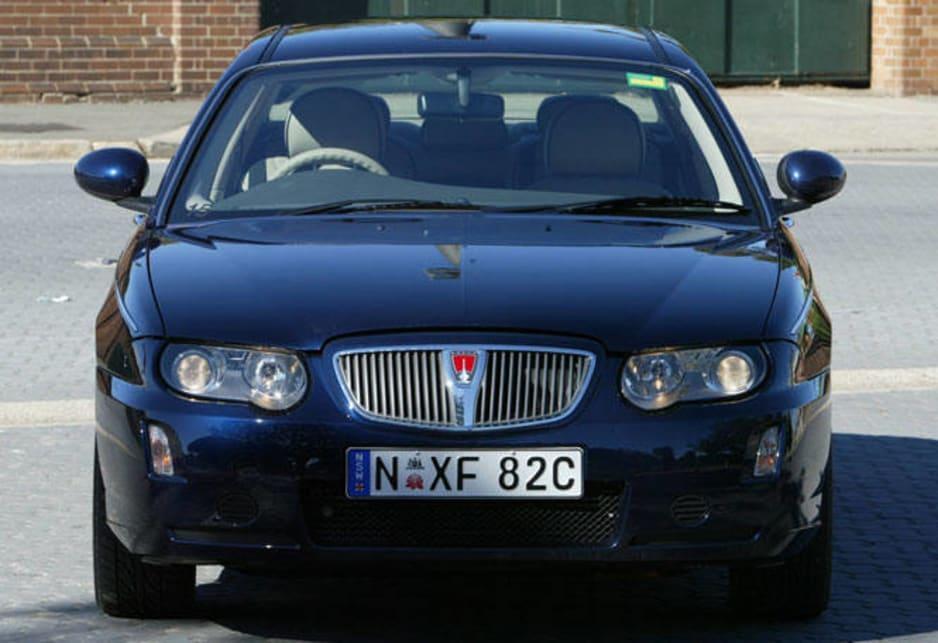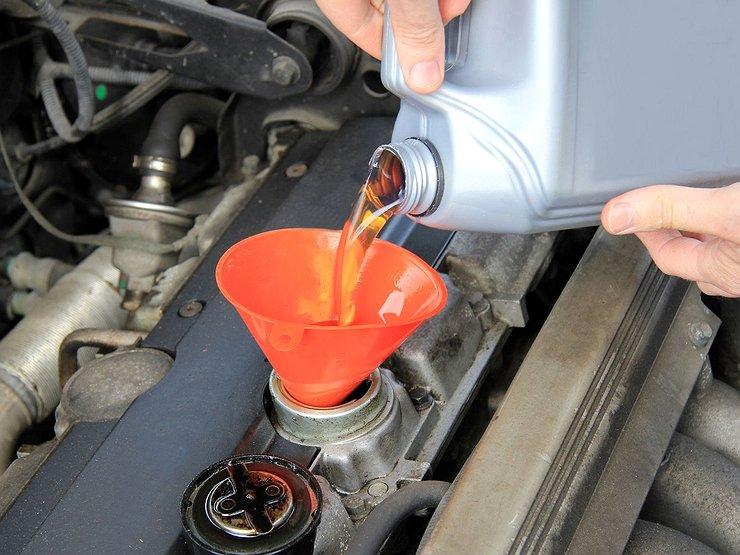
Review of used Rover 75: 2001-2004
Rover faced an uphill battle when it re-entered the market in 2001. Despite being a respected brand in the 1950s and 60s, it faded from the local landscape as the British car industry began to collapse. 1970s, and by the time he returned in 2001, the Japanese had taken over the market.
In its heyday, Rover was a prestigious brand, positioned just below luxury cars like Jaguar. They were solid and reliable, but conservative cars with leather and walnut trim. At home, they were known as cars bought by bank managers and accountants.
When the brand returned to the market, those who remembered it from the good old days were either dead or had given up their licenses. Basically, Rover had to start over from scratch, which was never easy.
The market that, according to history, should have belonged to Rover, in his absence was occupied by companies such as BMW, VW, Audi and Lexus.
It was a very crowded market and there really wasn't much Rover had to offer that others couldn't, and ultimately there was little reason to buy it.
In the end, it was trouble at Rover's British headquarters that led to her demise, but she had little chance of survival from the start.
WATCH MODEL
Priced in the $50 to $60,000 range at launch, Rover 75 was in its natural habitat, but instead of being the dominant player in the prestige segment, it was trying to make its way through it after a years-long absence.
In his absence, the market has changed dramatically, and the upmarket segment has become particularly overwhelmed as companies such as BMW, VW, Audi, Lexus, Saab, Jaguar, Volvo and Benz divest their shares. No matter how good the Rover 75 is, it will always struggle.
It went beyond the machine itself. There were questions about the reliability and competence of the dealer network, the ability of the plant to supply spare parts, there was the instability of the company at home.
There were many people ready to shoot down the Rover upon arrival. They were ready, even passionately, to remind everyone that this is a British industry, that the British industry has gained a reputation for its inability to produce quality cars and that it is stuck in time.
To win the respect of the critics, 75 had to offer something that others didn't have, it had to be better.
First impressions were that he was not better than the class leaders, but in some ways inferior to them.
The Model 75 was a conventional mid-size front-wheel drive sedan or station wagon with a transverse V6 engine.
It was a rather plump car with lavishly rounded proportions that made it look a bit portly compared to its main rivals, all of which had chiseled lines.
Critics were quick to criticize the 75 for its rather cramped cabin, especially in the rear. But there were also reasons to like the interior, with its club-style upholstery, copious use of leather, and traditional dashboard and woodgrain trim.
Spend time with 75 and there was every chance you would end up liking it.
The seats were quite nice and supportive, and provided a comfortable ride along with ease of power adjustment.
The traditional style cream dials were a nice touch and easy to read compared to many of the overly stylish instruments found in other modern cars.
Under the hood was a 2.5-liter double-overhead-cam V6 that was content to crumple at low speeds, but which came to life when the driver's foot hit the carpet.
When the throttle was open, the 75 became quite energetic, able to hit 100 km/h in 10.5 seconds and run 400 meters in 17.5 seconds.
Rover offered a choice of five-speed automatic and five-speed manual transmissions, and both were sporty to match the spirited V6.
The impressive body rigidity that underpinned the 75's handling provided a stable foundation for an agile and responsive chassis. When pressed, it turned precisely and kept its line through corners with impressive balance and poise.
Even with handling, the 75 never forgot its roots, and the ride was comfortable and absorbent, as you'd expect from a Rover.
At the time of launch, it was the Club that opened the way for 75 potential owners. It came with leather trim, an adjustable steering column, a walnut instrument panel, a full set of dials, an eight-speaker six-pack CD audio system with steering wheel controls, air conditioning, cruise, alarm, and remote central locking. .
The next step for members was the Club SE, which also boasted sat-nav, rear parking sensors, and wood trim on the steering wheel and shift knob.
From there, it made its way into the Connoisseur with power front seats with heating and memory, a power sunroof, chrome door handles and front fog lights.
The Connoisseur SE received special trim colors, CD-based satellite navigation systems, a walnut-rimmed steering wheel, and a shift knob insert.
A lineup update in 2003 replaced the Club with the Classic and introduced a 2.0-litre diesel engine.
IN THE SHOP
Despite the skepticism, the Rover 75 was met with a higher level of build quality than expected and proved to be reasonably reliable overall.
They are still relatively young in terms of used cars, with the earliest ones having mileage around or approaching the 100,000 km mark, so there is little to report on the deep-seated issues.
The engine has a belt that drives the camshafts, so look for replacement records if the car has been driven over 150,000 km. Otherwise, look for confirmation of regular oil and filter changes.
Carry out routine checks for body damage that may indicate a past accident.
Former Rover dealers are still in the service and know the cars well, so the dealers know about them even though the brand has gone off the market.
Spare parts are also available locally and abroad if needed. If in doubt, contact the Rover Club for more information.
IN ACCIDENT
The 75 has a solid chassis with an agile chassis and powerful disc brakes on all four wheels assisted by ABS anti-skid stops.
Frontal and side airbags provide protection in the event of an accident.
IN THE PUMP
Road testing at launch showed the 75 would return around 10.5L/100km, but owners suggest it's slightly better. Expect 9.5-10.5 l/100 km city average.
OWNERS SAY
Graham Oxley bought a 2001 Rover '75 Connoisseur in 2005 with 77,000 miles on it. He has now covered 142,000 75 km, and during this time the only problem he has encountered is a small glitch in the traction control system. He has serviced the car according to the factory schedule and says that parts are not a problem to get from England if they are not available in Australia. In his opinion, the Rover 9.5 looks stylish and is a pleasure to drive, and he would not hesitate to recommend it for daily driving. It is also quite fuel efficient with an average fuel consumption of around 100 mpg.
SEARCH
– plump styling
• Cozy interior
– Very British finishes and fittings
• Fast handling
• Energetic performance
• Parts still available
BOTTOM LINE
Gone but not forgotten, the 75 brought a touch of British class to the local market.
